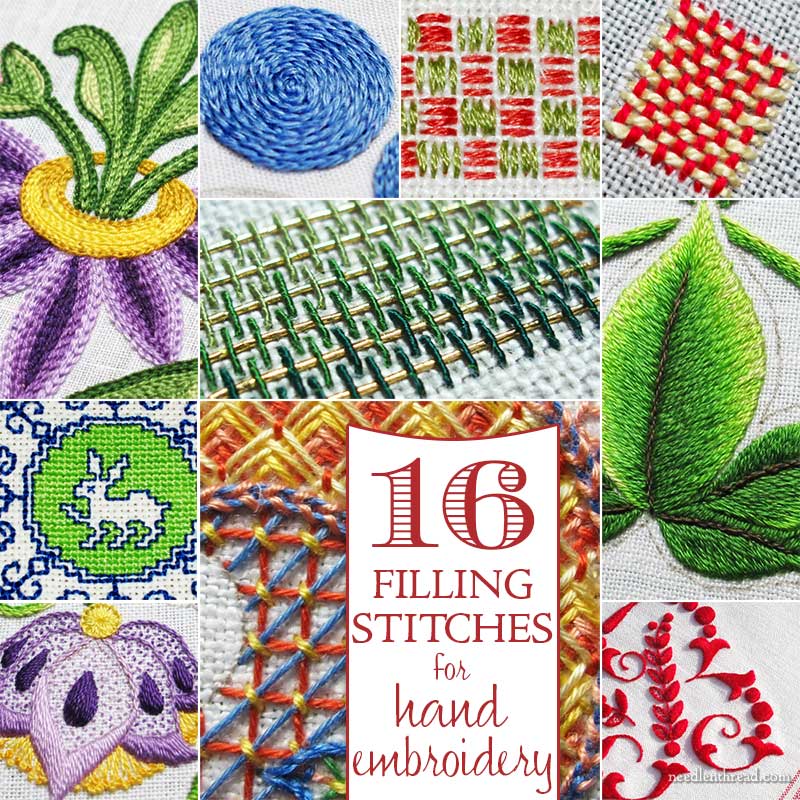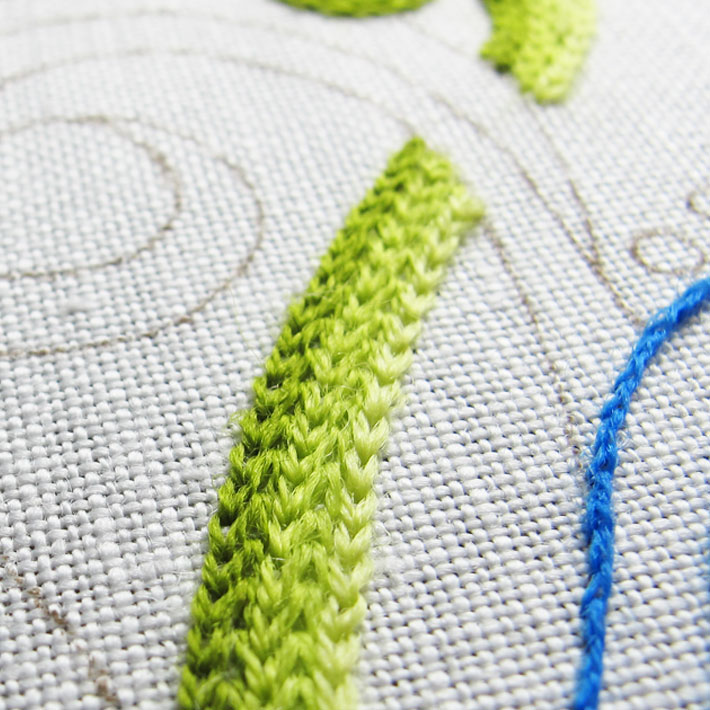Embroidery Fill Stitches
Embroidery fill stitches can add texture, dimension, and visual interest to any embroidery project. Whether you're a seasoned embroiderer or just starting out, learning about different types of fill stitches can open up a world of creative possibilities. In this blog post, we'll explore the different types of fill stitches, their uses, and some tips for mastering these techniques.
Pain Points of Embroidery Fill Stitches
One common challenge when working with embroidery fill stitches is achieving consistent coverage and avoiding gaps or unevenness. Depending on the stitch and the fabric, it can be tricky to make sure each stitch is placed exactly where it needs to go. Additionally, some fill stitches can be time-consuming or require lots of practice to master.
The Target of Embroidery Fill Stitches
The goal of embroidery fill stitches is to fill in a shape or area with lines of stitching, creating a solid block of color or texture. This can be used to create a background, fill in the petals of a flower, or add depth and interest to a design. Fill stitches can be used alone or in combination with other types of stitches to create a variety of effects.
Summary of Main Points
Embroidery fill stitches are a versatile and useful technique for adding texture and dimension to any embroidery project. While there may be some challenges to overcome, such as achieving consistency and practicing to master different stitch types, these techniques can unlock a world of creative possibilities.
Satin Stitch
The satin stitch is a popular fill stitch that creates a smooth, seamless finish. To work a satin stitch, simply bring the needle up on one side of the shape, bring it down on the other side, and repeat, working side by side to create a solid block of color. This stitch can be used for small shapes or larger areas, and can be worked in a variety of directions to create different effects. One tip for working a smooth satin stitch is to always keep your thread taut and even, taking care not to pull too tightly and create puckering.

Seed Stitch
The seed stitch is a simple and versatile fill stitch that can add texture and interest to any design. To work a seed stitch, simply make small stitches in random directions, filling in the shape one stitch at a time. This stitch can be used for small shapes or larger areas, and can be worked in a variety of thread weights and densities to create different effects. One tip for working a seed stitch is to vary the lengths and angles of your stitches to create a natural, organic look.
Long and Short Stitch
The long and short stitch is a common fill stitch used in both surface embroidery and crewel work. To work a long and short stitch, alternate long and short stitches in a row, working from one edge of the shape to the other. This creates a gradation of color that can be used to add depth and dimension to a design. One tip for working a smooth long and short stitch is to keep your stitches even and to blend each row of stitches with the row before it, creating a seamless transition between colors.

Couching
Couching is a fill stitch that involves applying a second thread to the surface of the fabric and securing it in place with small, straight stitches. This can be done with a contrasting or complementary thread to add texture and interest to a design. One tip for working a successful couching stitch is to use a thread that is slightly heavier than the one being couched, to ensure that it stands out from the fabric and creates the desired effect.

Question and Answer
Q: What fabrics work best with embroidery fill stitches?
A: Any stable, smooth fabric can work well with embroidery fill stitches, such as cotton, linen, or silk. It is important to choose a fabric that is appropriate for the weight and density of the stitching you plan to do.
Q: Can fill stitches be worked on knitted or crocheted items?
A: Yes, fill stitches can be worked on knitted or crocheted items, but it is important to choose a stitch that is compatible with the stretchiness of the fabric. Some good options include seed stitch or couching using an elastic thread.
Q: How can I make my fill stitches more even?
A: One way to ensure even stitches is to use a template to guide your stitching. Place a piece of paper over the area to be filled, and use a pencil to draw lines or shapes that you can follow with your stitching. Another tip is to practice your stitching technique on scrap fabric before working on your final piece.
Q: What types of thread are best for embroidery fill stitches?
A: The type of thread you choose will depend on the effect you want to create. Some popular options include cotton floss, silk thread, or wool yarn. It is important to choose a thread that is appropriate for the weight and texture of the fabric you plan to embroider on.
Conclusion of Embroidery Fill Stitches
Embroidery fill stitches are a versatile and creative technique for adding texture and interest to any embroidery project. By experimenting with different stitch types and threads, you can create unique and beautiful designs that showcase your skills and creativity. With a bit of practice and patience, anyone can master the art of embroidery fill stitches!
Gallery
16 Filling Stitches For Embroidery – NeedlenThread.com

Photo Credit by: bing.com / embroidery stitches filling stitch needlenthread patterns hand fill blackwork tutorial satin nuts needlepoint machine choose board techniques
Embroidery Fill Stitch | Embroidered | Pinterest | Embroidery, Stitch

Photo Credit by: bing.com / embroidery stitch fill stitches filling hand satin
Filling Stitches For Hand Embroidery | Diy Embroidery Designs, Learn

Photo Credit by: bing.com /
What Is Crewel Embroidery? | Craftsy | Craftsy

Photo Credit by: bing.com / embroidery crewel stitches craftsy siterubix
How To Use Split Stitch As A Fill Stitch - Video | Shiny Happy World
Photo Credit by: bing.com / stitch split fill use video embroidery normally outline but